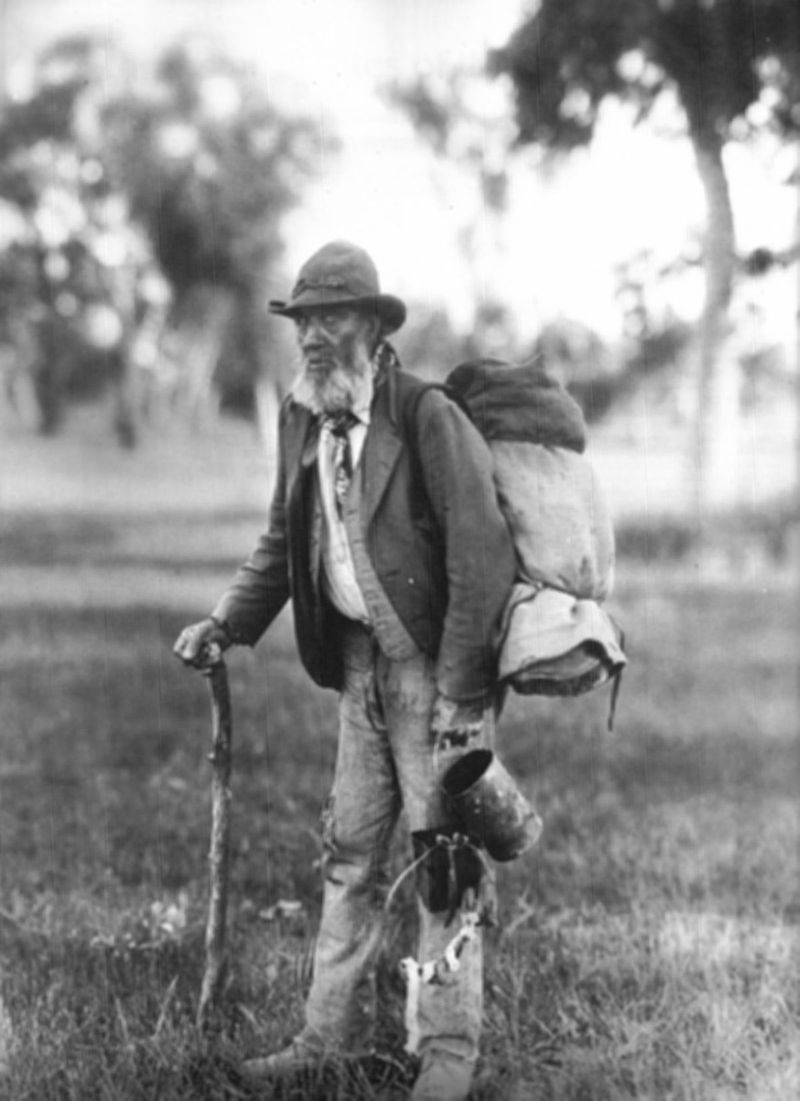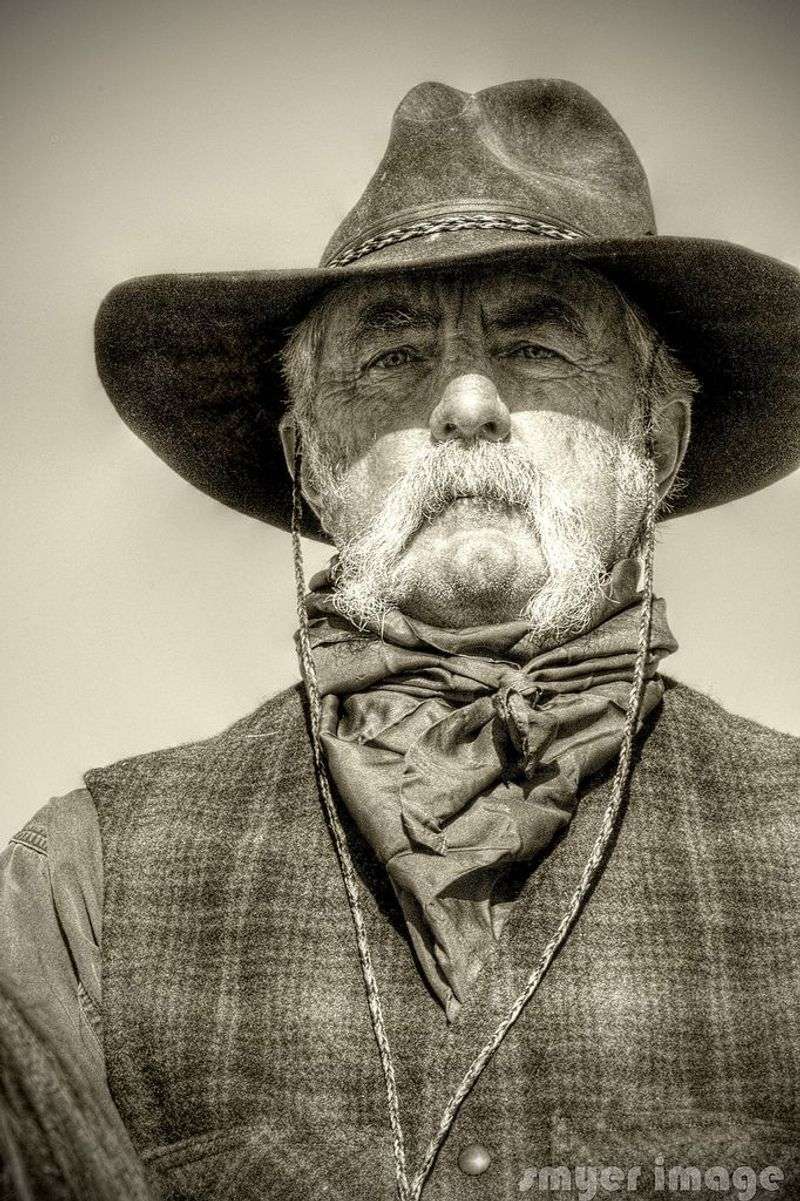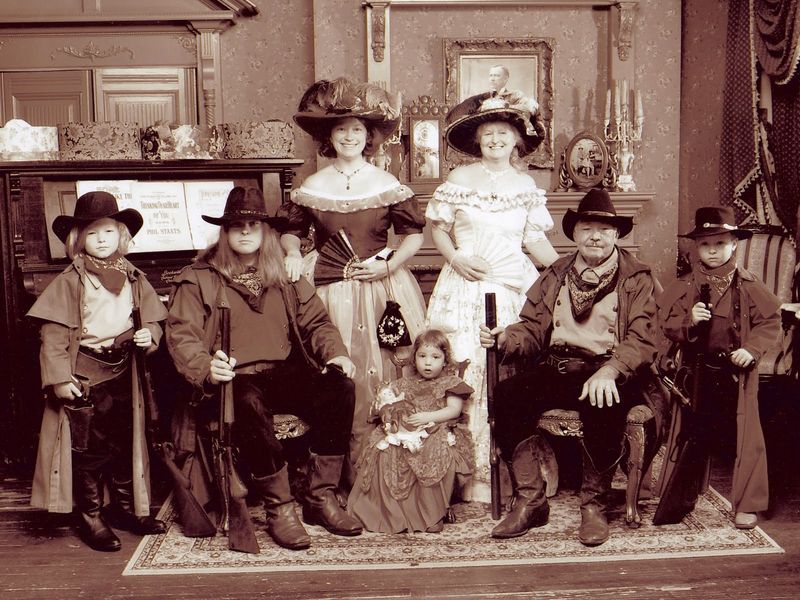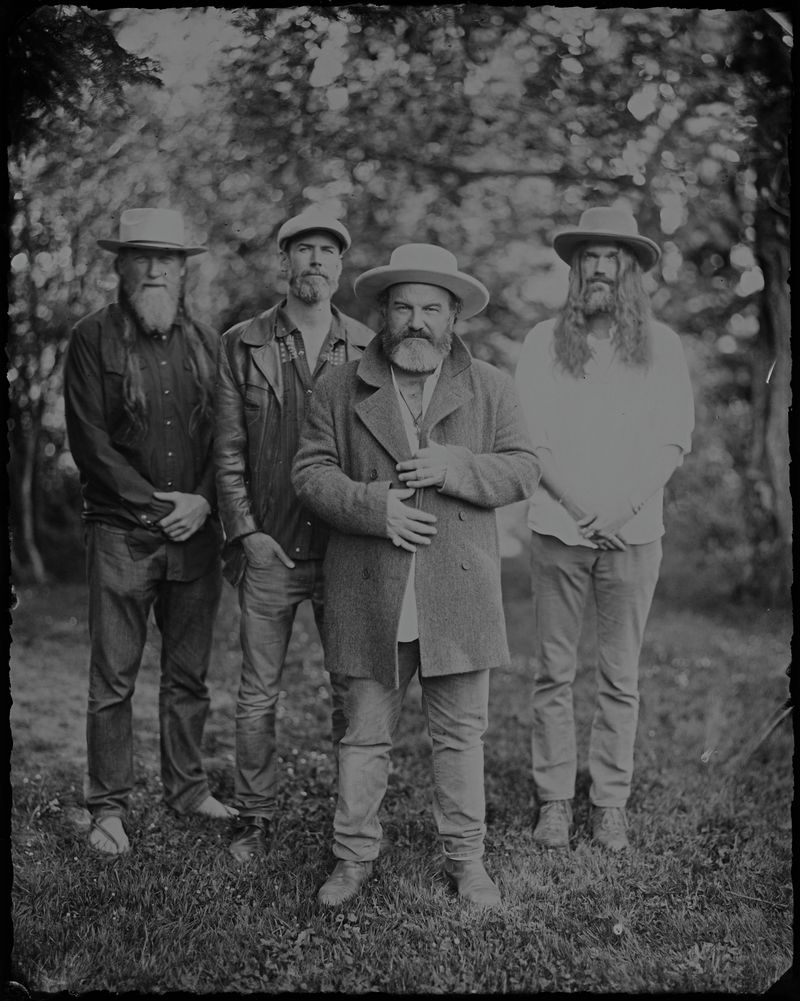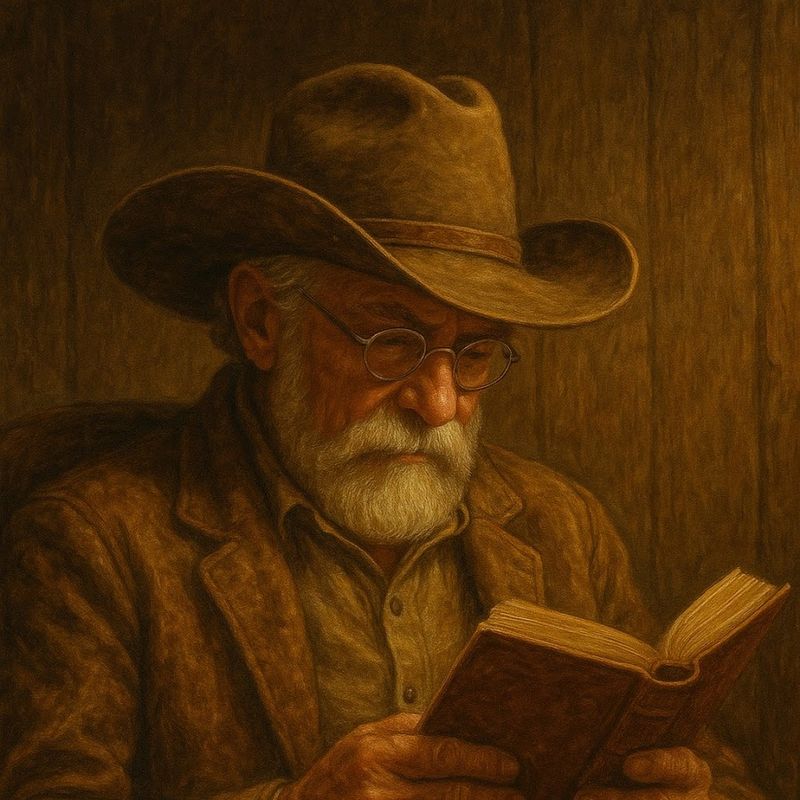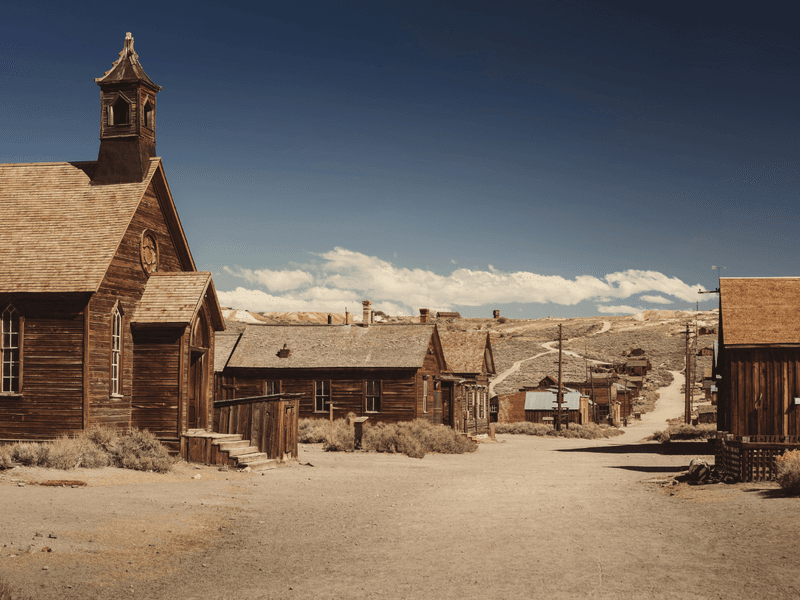Discover the often harsh realities faced by the elderly in the Wild West era. From battling illness and isolation to becoming community figures, these truths paint a vivid picture of what it meant to grow old in a time of untamed frontiers and limited resources.
1. Old Age Was Rare—but Not Unheard Of
Surviving past 50 meant you were a hardy soul. With high mortality rates due to disease and violence, reaching the age of 70 was noteworthy. Those who did often had the backing of a stable family.
Agrarian lifestyles contributed to longevity, with fresh air and physical activity as part of daily life. The sense of community also played a crucial role.
These seniors were seen as tough survivors, embodying resilience and strength. The rarity of their age made them figures of admiration and respect, as they carried stories from a bygone era.
2. Elderly People Continued to Work
In the Wild West, retirement wasn’t a concept. Elderly individuals continued to contribute through work on farms and homesteads. Every hand was vital, regardless of age.
Older men and women engaged in tasks aligned with their abilities, from cooking to farming. Their experience was invaluable, and they often guided younger hands.
Work brought a sense of purpose and belonging, knitting generations together. This was a world where contributing to the collective effort was a way of life, and the wisdom of elders was cherished and utilized.
3. Pain and Illness Were Accepted as Normal
Without modern medicine, many ailments were endured with stoicism. Arthritis, tooth decay, and poor eyesight were common afflictions among the elderly.
Home remedies and whiskey were often the only treatments available. Chronic pain was a part of everyday life.
This acceptance of suffering cultivated a certain toughness. The elderly adapted to these challenges, finding ways to cope with minimal resources. Their resilience was both a necessity and a testament to the harsh realities they faced.
4. Many Were Cared for by Family
Family was the cornerstone of elderly care. Aging parents often lived with their children, contributing to the household’s survival.
This intergenerational living arrangement ensured that the elderly were not isolated. Their wisdom was valued, and they played an active role in family life.
The family unit provided security and support. In a world without social services, this was a vital arrangement. It fostered strong bonds and a collective sense of responsibility towards aging relatives.
5. Widowed Elderly Women Were Especially Vulnerable
Losing a husband left elderly women in precarious situations. Many resorted to taking in laundry or serving as midwives to make ends meet.
Some lived with relatives, while others remarried quickly for economic security. Without a male provider, their options were severely limited.
These women navigated challenging circumstances with resilience. They forged their paths in a world that offered little support, embodying strength and resourcefulness amidst adversity.
6. Social Security Didn’t Exist—Charity Was Limited
There were no social safety nets for the elderly. Without pensions or retirement funds, many relied on community charity.
Churches and neighbors occasionally provided assistance, but this was not guaranteed. Some elderly ended up in poorhouses if family support failed.
This lack of security forced many into poverty, highlighting the precarious nature of aging in the Wild West. The reliance on charity underscored the community’s role in caring for its vulnerable members, despite limited resources.
7. Some Became Community Elders or Storytellers
In many communities, elders were revered as keepers of wisdom. They passed down oral histories and survival techniques to younger generations.
Their roles as storytellers preserved cultural traditions and spiritual beliefs. This sharing of knowledge was vital for community cohesion.
Elders were respected figures, embodying a link between the past and present. Their stories enriched the lives of those around them, ensuring that their legacy continued through the generations.
8. Isolation Was Common in Old Age
Living in remote areas often meant isolation for the elderly. Harsh winters and long distances from towns left them vulnerable.
Without easy access to medical help, simple ailments became life-threatening. Loneliness was a constant companion for those living far from community life.
This solitude highlighted the harsh realities of aging in the Wild West. Yet, it also fostered self-reliance and adaptability as the elderly navigated their isolated existences.
9. Accidents and Infections Were Major Threats
Minor injuries could escalate quickly. Without antibiotics, a small cut or toothache often became life-threatening.
The lack of proper sanitation exacerbated these risks. Older individuals were particularly susceptible to infections.
This vulnerability underscored the fragility of life in the Wild West. Despite these dangers, many elderly displayed remarkable resilience, adapting to their environment and finding ways to survive amidst adversity.
10. Legacy Meant Everything
With few written records, leaving behind a legacy was paramount. A good name and valuable lessons were treasures passed to the next generation.
Elders took pride in their family lines and the wisdom they imparted. They were keenly aware of their role in shaping the future.
This focus on legacy reflected a desire for continuity and remembrance. It was a source of pride and fulfillment, ensuring that their contributions would be remembered long after they were gone.


